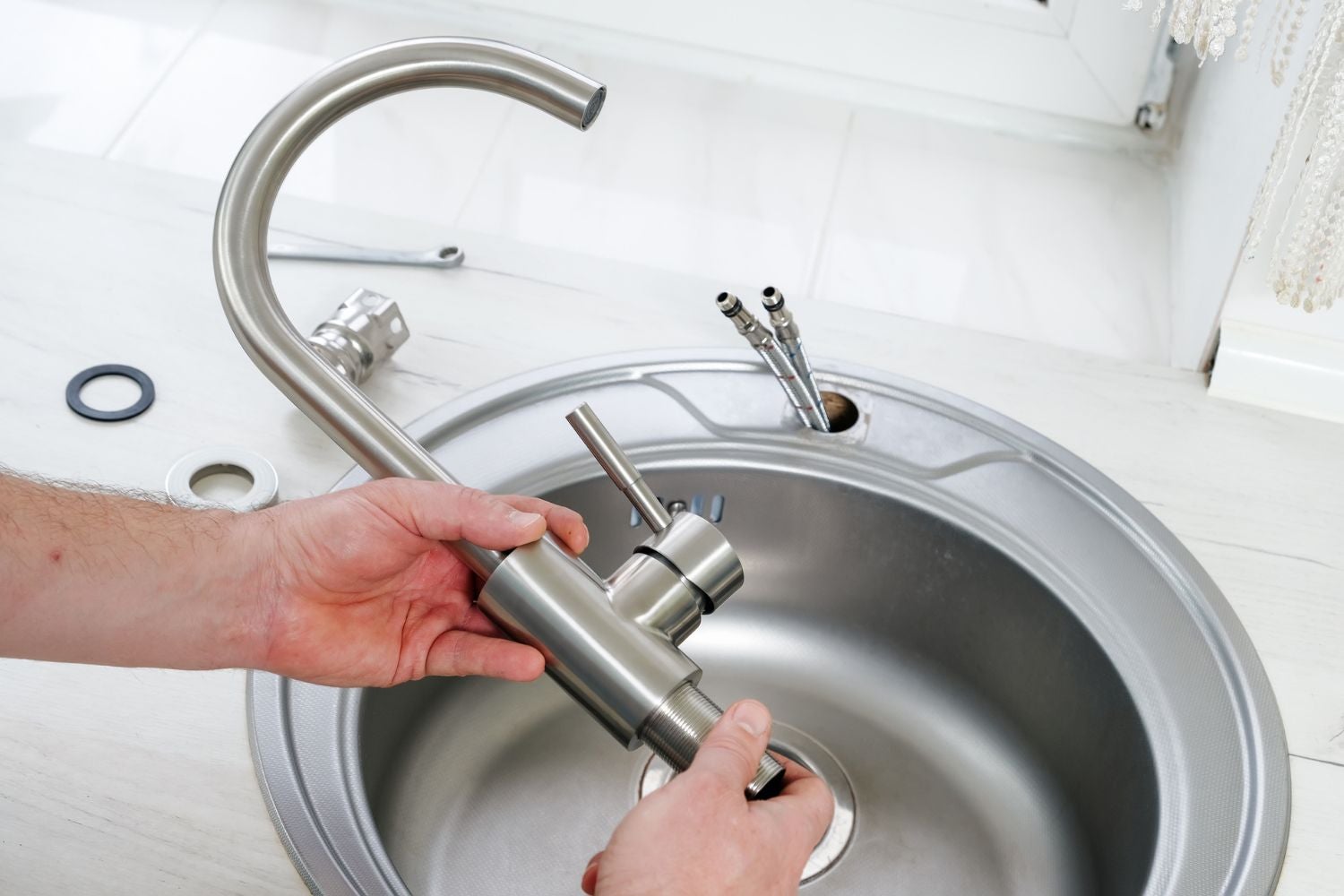

Articles
How To Install A New Sink Faucet
Modified: February 27, 2024
Learn the step-by-step process of installing a new sink faucet with this comprehensive article. Find helpful tips and expert advice to complete the task efficiently.
(Many of the links in this article redirect to a specific reviewed product. Your purchase of these products through affiliate links helps to generate commission for Storables.com, at no extra cost. Learn more)
Introduction
Installing a new sink faucet can be a rewarding and practical home improvement project that can give your bathroom or kitchen a fresh new look. Whether you’re replacing an old faucet that has seen better days or simply want to upgrade to a more modern and efficient model, this guide will walk you through the step-by-step process of installing a new sink faucet.
Before you begin, it’s important to gather the necessary tools and materials. This will ensure a smooth installation process and help you avoid any unexpected trips to the hardware store. Once you have everything you need, you can proceed with confidence.
In this article, we will guide you through each step of the installation process, from shutting off the water supply to testing the new faucet. By following these instructions, you’ll be able to successfully install a new sink faucet and enjoy the benefits of a functional and aesthetically pleasing upgrade.
Key Takeaways:
- Installing a new sink faucet is a rewarding DIY project that can enhance your space. With the right tools and attention to detail, you can successfully upgrade your bathroom or kitchen with a fresh and functional faucet.
- Proper preparation, including shutting off the water supply and careful removal of the old faucet, is crucial for a smooth installation. Testing the new faucet for leaks and functionality ensures a successful upgrade to your daily routine.
Read more: How To Install A Sink Faucet
Tools and Materials Needed
Before you begin the installation process, it’s important to have all the necessary tools and materials on hand. This will save you time and ensure that you have everything you need to complete the project. Here is a list of the tools and materials you will need:
- Adjustable wrench
- Plumber’s tape
- Screwdriver (flathead or Phillips, depending on the faucet model)
- Bucket or towel
- New sink faucet
- Supply lines (usually included with the new faucet)
- Towels or rags
- Bucket or container for water
- Plumber’s putty (if required by your sink installation)
Having these tools and materials ready before you begin will make the installation process much smoother. Make sure to check the instructions and specifications provided by the manufacturer of your specific faucet model, as there may be additional tools or materials required.
Step 1: Gather Required Tools
Before you start the installation process, it’s important to gather all the necessary tools. Having the right tools on hand will make the job easier and more efficient. Here are the tools you’ll need for this project:
- Adjustable wrench: This will be used to loosen and tighten fittings.
- Plumber’s tape: Also known as Teflon tape, this thin white tape will be wrapped around the pipe threads to create a watertight seal.
- Screwdriver: Depending on the faucet model, you may need a flathead or Phillips screwdriver to remove or secure parts.
- Bucket or towel: This will be used to catch any water that may spill during the installation process.
- New sink faucet: Make sure to choose a faucet that fits the style and dimensions of your sink.
- Supply lines: These are usually included with the new faucet and connect the faucet to the water supply valves.
- Towels or rags: These will be used to wipe up any water or debris.
- Bucket or container for water: This will be used to flush out the water lines before installing the new faucet.
- Plumber’s putty: If required by your sink installation, plumber’s putty will be used to create a watertight seal around the base of the faucet.
Once you have gathered all the necessary tools, you are ready to move on to the next step. Make sure to double-check the instructions provided by the manufacturer of your specific faucet model to ensure that you have all the required tools.
Step 2: Shut Off Water Supply
Before you can begin removing the old faucet and installing the new one, you need to shut off the water supply to the sink. This will prevent any water from flowing while you work, minimizing the risk of leaks or water damage. Follow these steps to shut off the water supply:
- Locate the water shut-off valves: The shut-off valves for the sink are usually located under the sink, near the plumbing pipes. They may be labeled with “hot” and “cold” indicators.
- Turn off the water supply: Using a wrench, turn the valve handles clockwise to shut off the water supply. This will stop the flow of water to the sink faucet.
- Test the water supply: Turn on the faucet to check if the water flow has stopped. If no water comes out, you have successfully shut off the water supply.
After shutting off the water supply, it’s a good idea to open the faucet to release any remaining water pressure. This will help to further prevent any water from leaking out while you work. Additionally, place a bucket or towel underneath the pipes to catch any water that may still be in the pipes.
By shutting off the water supply, you are ready to proceed with the next steps of removing the old faucet and installing the new one.
Step 3: Remove Old Faucet
Now that you have shut off the water supply, it’s time to remove the old faucet. Follow these steps to ensure a smooth removal process:
- Prepare the workspace: Clear out any items from the sink area and lay down a towel or rag to protect the surface.
- Access the mounting nuts: Look under the sink to locate the mounting nuts that hold the faucet in place. These are usually located near the base of the faucet.
- Loosen the mounting nuts: Using an adjustable wrench, loosen the mounting nuts by turning them counterclockwise. Be careful not to damage the nuts or the surrounding plumbing.
- Disconnect the water supply lines: Locate the water supply lines connected to the faucet. Use an adjustable wrench to disconnect the supply lines by turning them counterclockwise.
- Remove the old faucet: Once the mounting nuts and water supply lines are disconnected, lift the old faucet out of the sink. Be gentle and ensure that any excess water or debris is safely contained in a bucket or towel.
After removing the old faucet, inspect the sink area for any leftover sealant or debris. Clean the area thoroughly before moving on to the next step to ensure a proper installation of the new faucet.
Properly removing the old faucet sets the stage for installing the new one. Make sure to handle the old faucet with care and dispose of it appropriately as per your local waste disposal regulations.
When installing a new sink faucet, be sure to turn off the water supply before beginning. This will prevent any leaks or water damage during the installation process.
Read more: How To Install New Sink Plumbing
Step 4: Prepare Sink for New Faucet
Now that the old faucet has been removed, it’s time to prepare the sink for the installation of the new faucet. Follow these steps to ensure a smooth and successful preparation process:
- Clean the sink area: Thoroughly clean the sink area to remove any debris, residue, or old sealant from the previous faucet installation. Use a mild cleaner and a non-abrasive sponge or cloth to avoid damage to the sink surface.
- Apply plumber’s putty (if required): If your new faucet requires the use of plumber’s putty, apply a thin layer of putty around the base of the faucet. This will help create a watertight seal when you install the new faucet.
- Position the new faucet: Carefully position the new faucet into the mounting holes on the sink. Make sure it is aligned properly and centered before proceeding.
- Secure the faucet: Underneath the sink, use the mounting nuts provided with your new faucet to secure the faucet in place. Tighten the nuts by hand initially, and then use an adjustable wrench to ensure a snug fit. Be careful not to overtighten, as this can damage the faucet or sink.
Once the new faucet is securely in place, wipe away any excess plumber’s putty or debris around the base. Take a moment to check that the faucet is level and sitting flush with the sink surface.
By preparing the sink for the new faucet, you are now ready to move on to the next step of the installation process: connecting the water supply lines.
Step 5: Install New Faucet
With the sink prepared, it’s time to install the new faucet. Follow these steps to ensure a successful installation:
- Connect the water supply lines: Take the supply lines provided with your new faucet and connect them to the corresponding hot and cold water valves underneath the sink. Use an adjustable wrench to tighten the connections, making sure they are secure but not over-tightened.
- Mount the faucet handles or knobs: Depending on the design of your new faucet, you may need to attach the handles or knobs. Follow the manufacturer’s instructions for proper installation. Most handles and knobs can be secured by tightening a set screw with a screwdriver or Allen wrench.
- Attach the spout or nozzle: If your faucet has a separate spout or nozzle, attach it to the main body of the faucet. Again, refer to the manufacturer’s instructions for guidance.
- Test the function of the faucet: Before moving on to the final steps, test the function of the faucet. Turn on the water supply valves, then turn on the faucet handles or knobs to check for a steady stream of water and proper water temperature control.
Ensure that there are no leaks at the connections and that the faucet operates smoothly. Adjust any handles or knobs as needed to achieve the desired water flow and temperature.
By installing the new faucet, you are one step closer to completing the project. The next step is to connect the water supply lines to ensure proper water flow.
Step 6: Connect Water Supply Lines
Now that the new faucet is installed, it’s time to connect the water supply lines. Follow these steps to ensure a secure and leak-free connection:
- Check the supply lines: Inspect the supply lines to ensure they are free of any kinks or damage. If they appear damaged, replace them with new supply lines.
- Connect the supply lines: Attach one end of the supply lines to the corresponding hot and cold water valves underneath the sink. Use an adjustable wrench to tighten the connections, ensuring they are snug and leak-free.
- Connect the other end of the supply lines: Attach the other end of the supply lines to the corresponding inlet ports on the bottom of the faucet. Again, use an adjustable wrench to tighten the connections securely.
Once the supply lines are connected, make sure to double-check all connections to ensure there are no leaks. Use a dry cloth or tissue to wipe the connections and check for any signs of water leakage.
If you notice any leaks, carefully tighten the connections until the leaks stop. Be cautious not to overtighten, as this can damage the connections or cause leaks in the future.
By connecting the water supply lines, you are now ready to test the new faucet for proper functionality.
Step 7: Test New Faucet
After completing the installation and connecting the water supply lines, it’s important to test the new faucet to ensure that everything is functioning properly. Follow these steps to test your new faucet:
- Turn on the water supply valves: Carefully turn on the hot and cold water supply valves underneath the sink. This will allow water to flow to the new faucet.
- Check for leaks: Observe the area around the faucet and supply line connections for any signs of leaks. Look for water dripping or pooling. If you notice any leaks, promptly tighten the connections or replace any faulty components.
- Test hot and cold water functions: Turn on the faucet handles or knobs to allow water to flow. Gradually adjust the temperature from hot to cold and vice versa to ensure smooth temperature control.
- Check water pressure: Assess the water pressure coming out of the faucet. It should be consistent and strong. If there are any issues with water pressure, you may need to check the supply lines or consult a professional plumber.
- Inspect overall functionality: Test all aspects of the faucet, including any additional features such as sprayers or pull-out nozzles. Ensure that all functions work properly without any malfunctions or difficulties.
If everything is working as expected, congratulations! You have successfully installed your new sink faucet. You can now enjoy the benefits of a fresh, functional, and aesthetically pleasing addition to your bathroom or kitchen.
However, if you encounter any issues or notice persistent leaks or other problems, it may be necessary to contact a professional plumber for further assistance.
By testing the new faucet, you can rest assured that your installation is complete and the faucet is ready for everyday use.
Read more: How To Install New Kitchen Sink
Conclusion
Installing a new sink faucet can be a gratifying and worthwhile DIY project that enhances the look and functionality of your bathroom or kitchen. By following these step-by-step instructions and having the necessary tools and materials, you can successfully replace your old faucet with a new one.
Throughout the installation process, it’s crucial to pay attention to details, such as shutting off the water supply, removing the old faucet properly, preparing the sink, and connecting the water supply lines. Taking the time to perform each step correctly ensures a smooth installation and minimizes the risk of leaks or other issues.
Remember to refer to the manufacturer’s instructions specific to your faucet model and consult a professional plumber if you encounter any challenges or are unsure about any step.
Once the new faucet is installed and tested for proper functionality, you can enjoy its benefits for years to come. Improved water flow and temperature control, as well as a fresh and updated appearance, will enhance your daily routine and elevate the overall aesthetics of your space.
We hope this guide has been helpful in guiding you through the process of installing a new sink faucet. With proper preparation, the right tools, and careful attention to detail, you can successfully complete this home improvement project and enjoy a beautiful and functional new faucet.
Frequently Asked Questions about How To Install A New Sink Faucet
Was this page helpful?
At Storables.com, we guarantee accurate and reliable information. Our content, validated by Expert Board Contributors, is crafted following stringent Editorial Policies. We're committed to providing you with well-researched, expert-backed insights for all your informational needs.
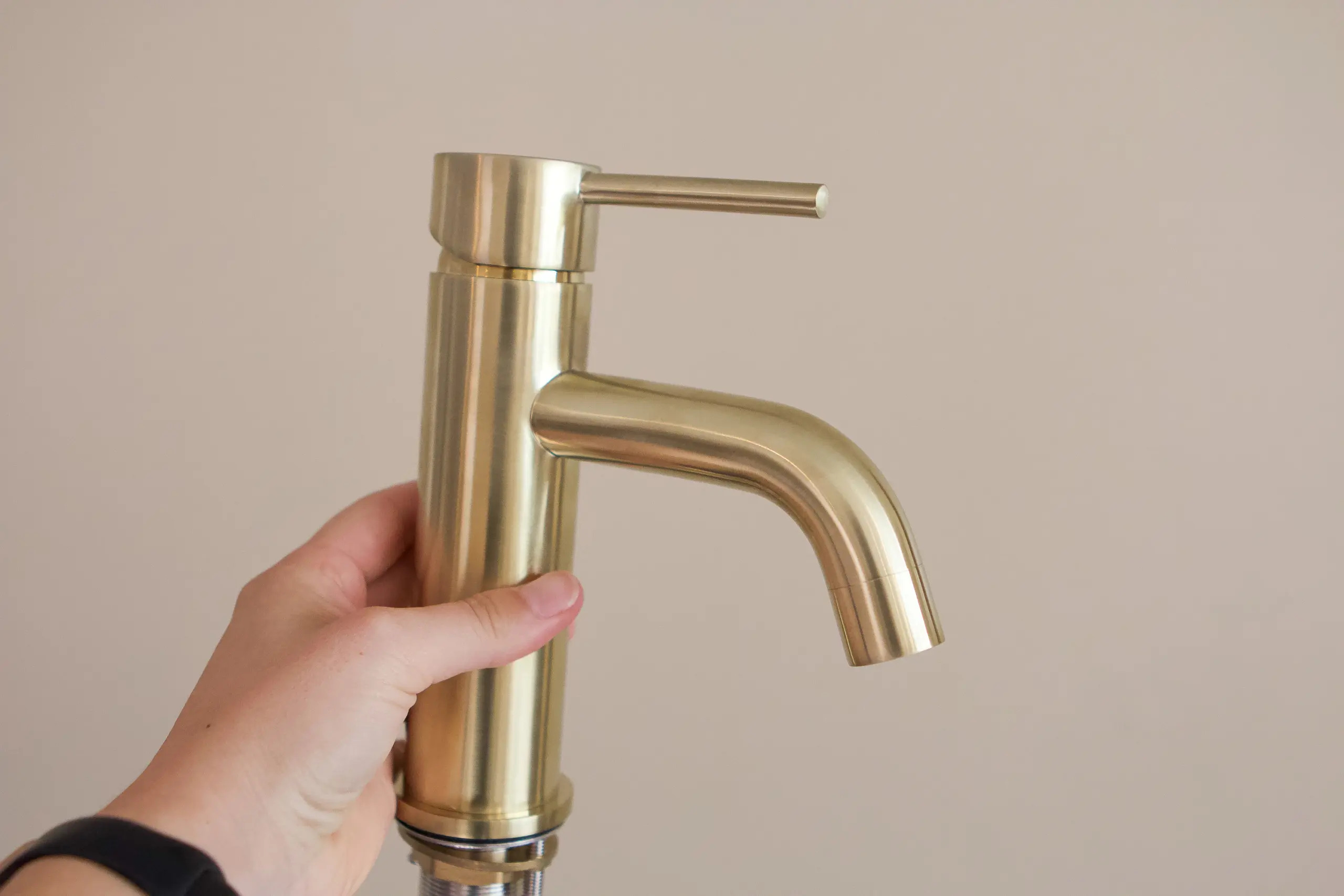
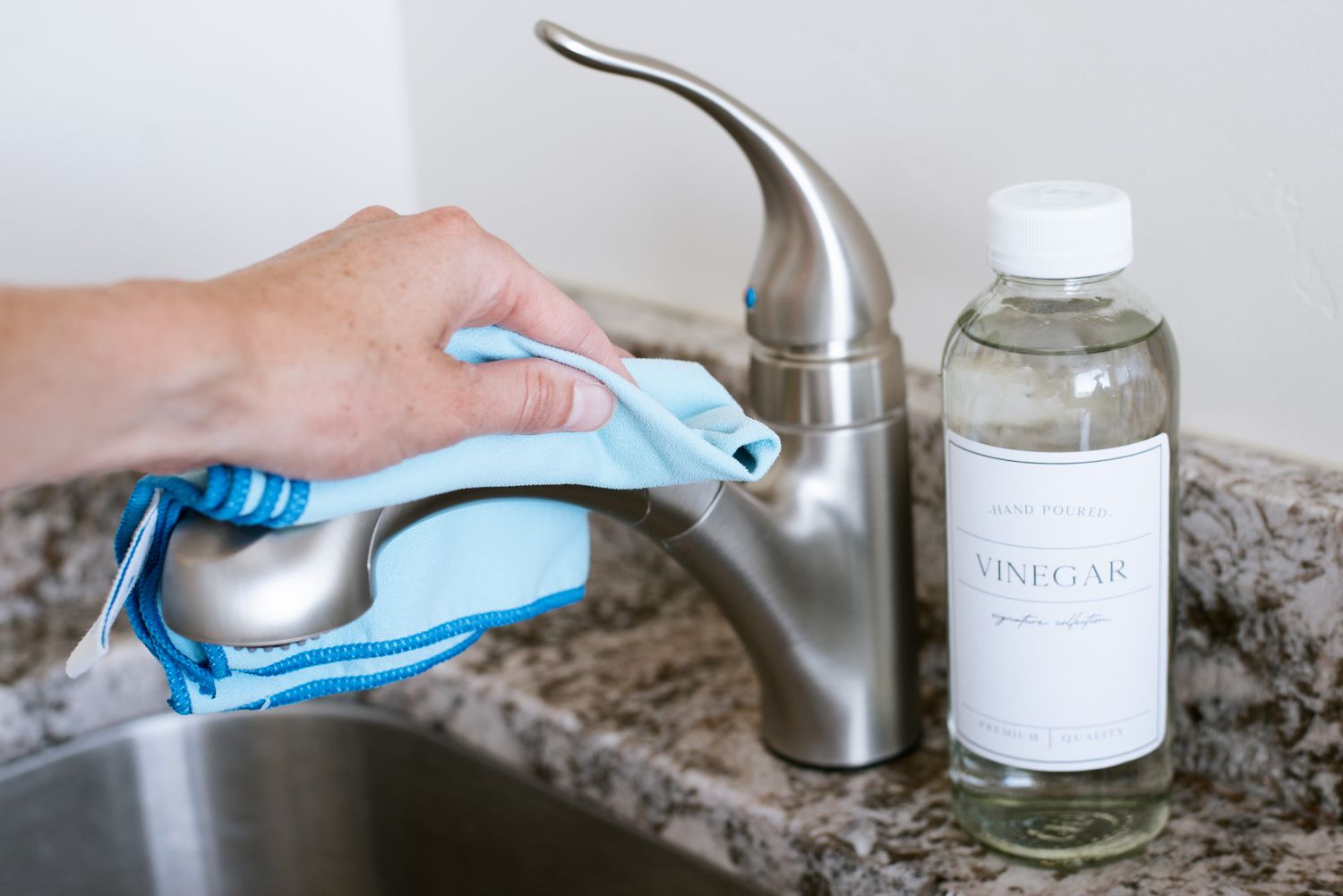
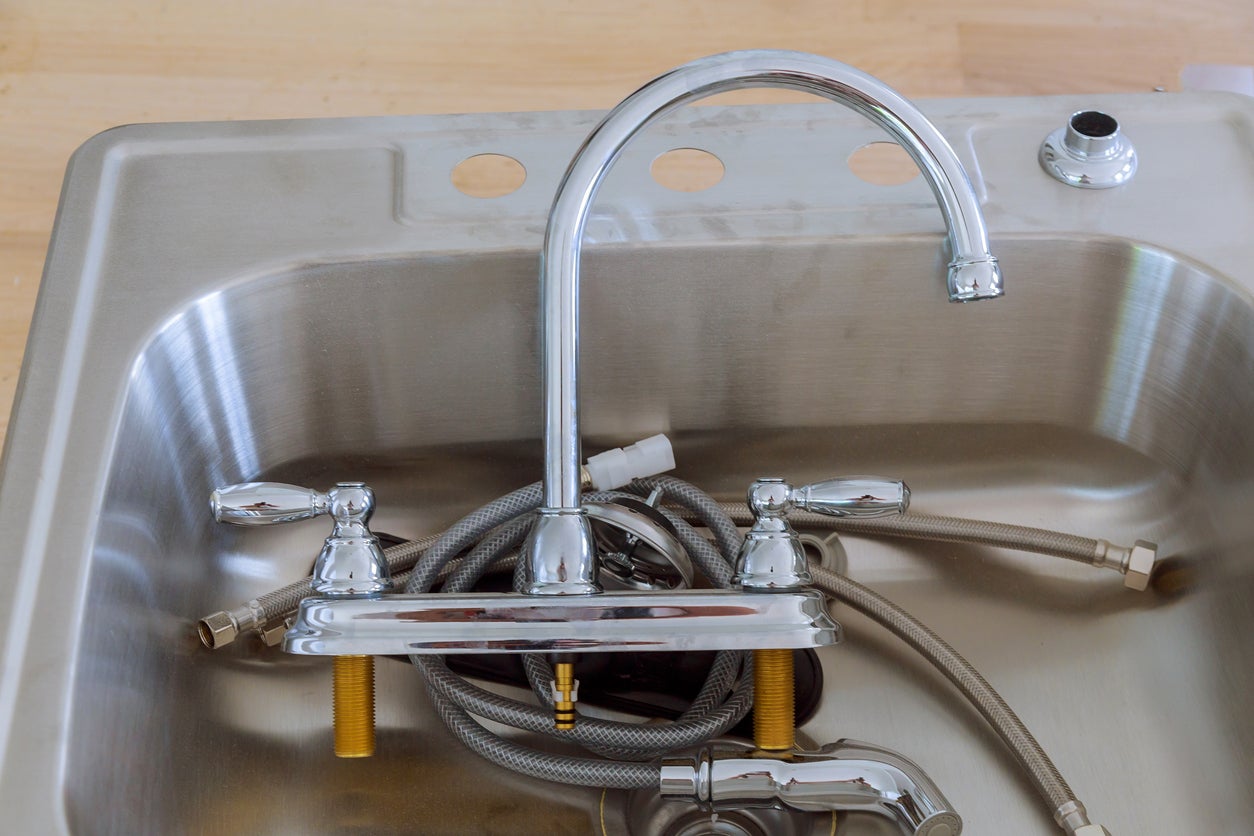

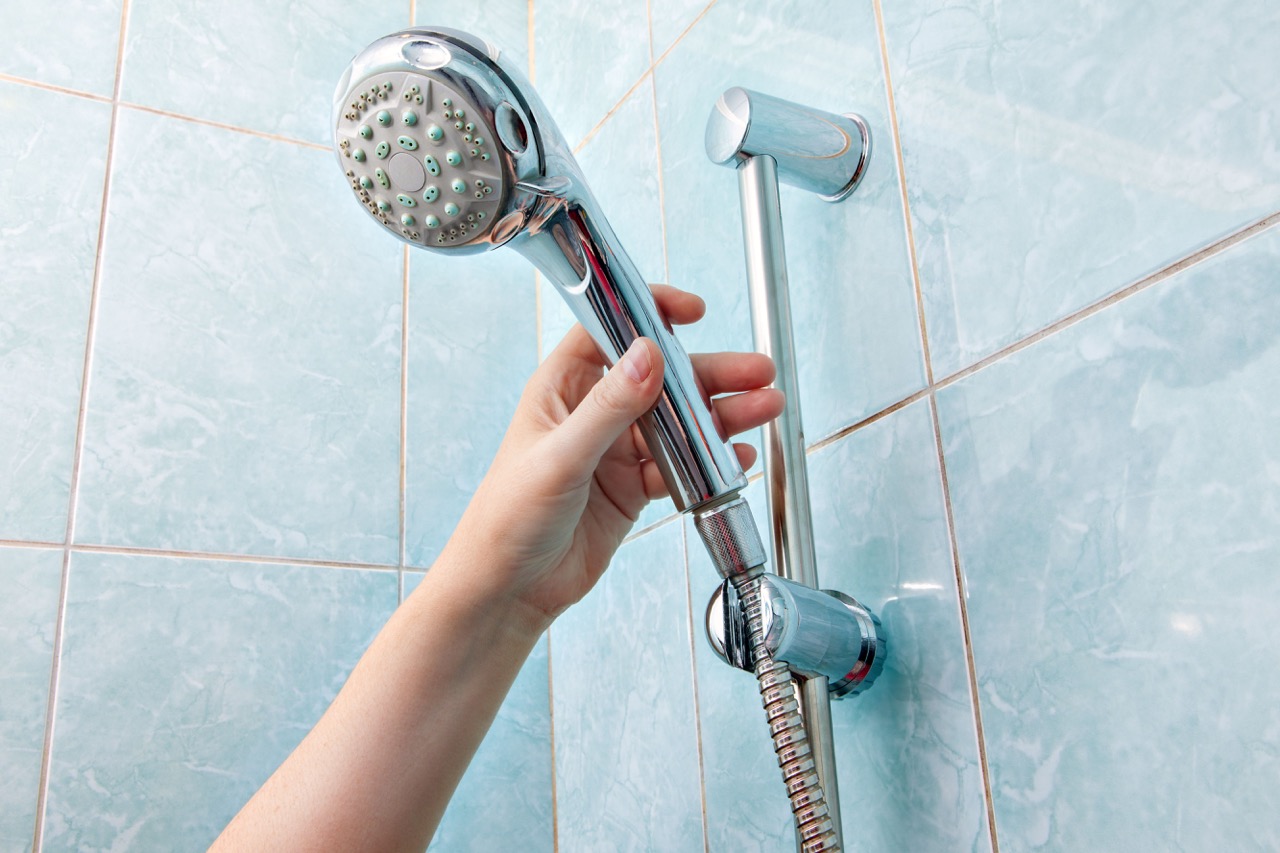
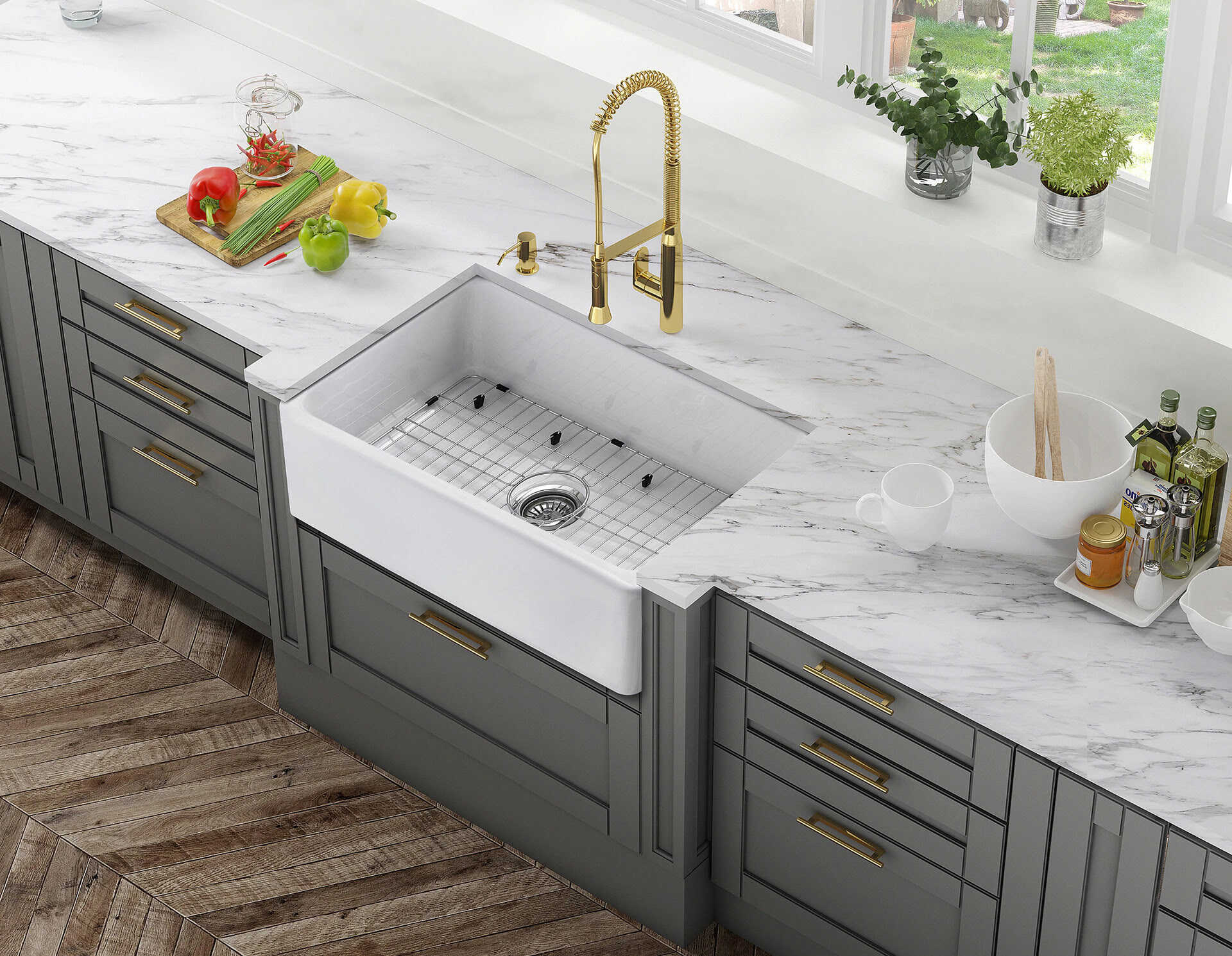
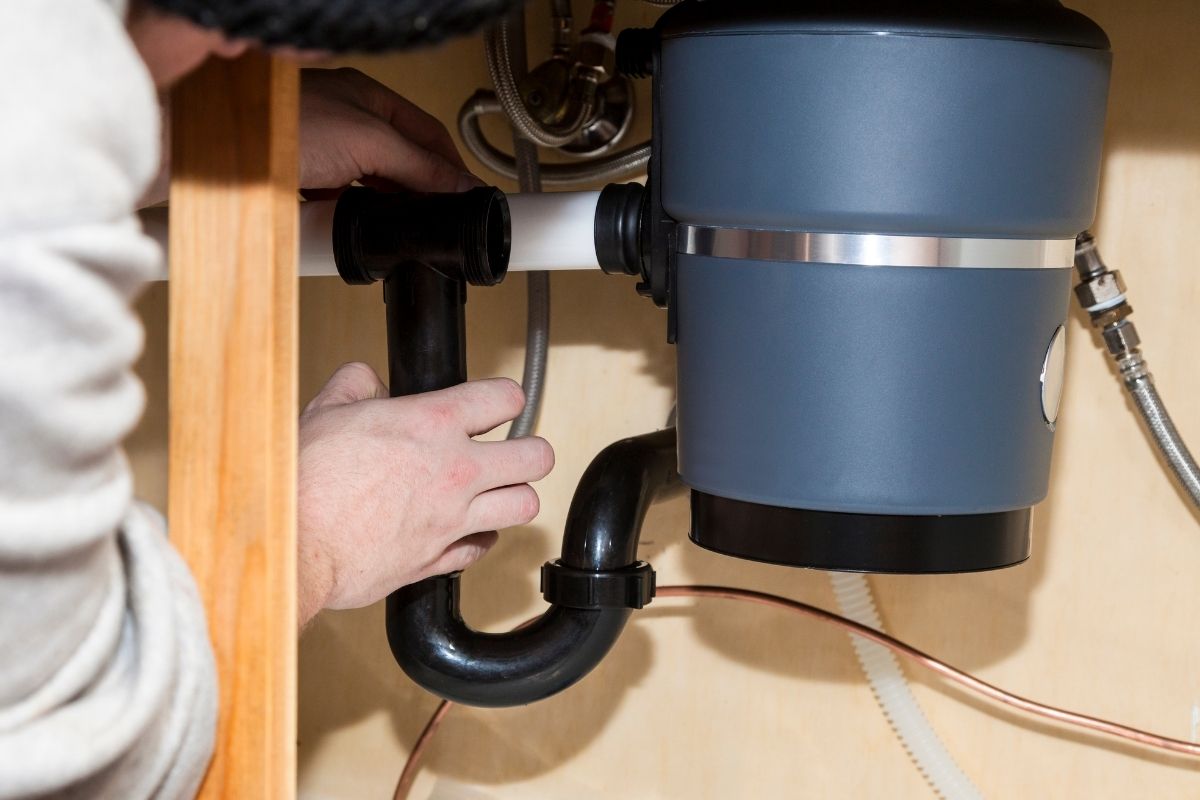
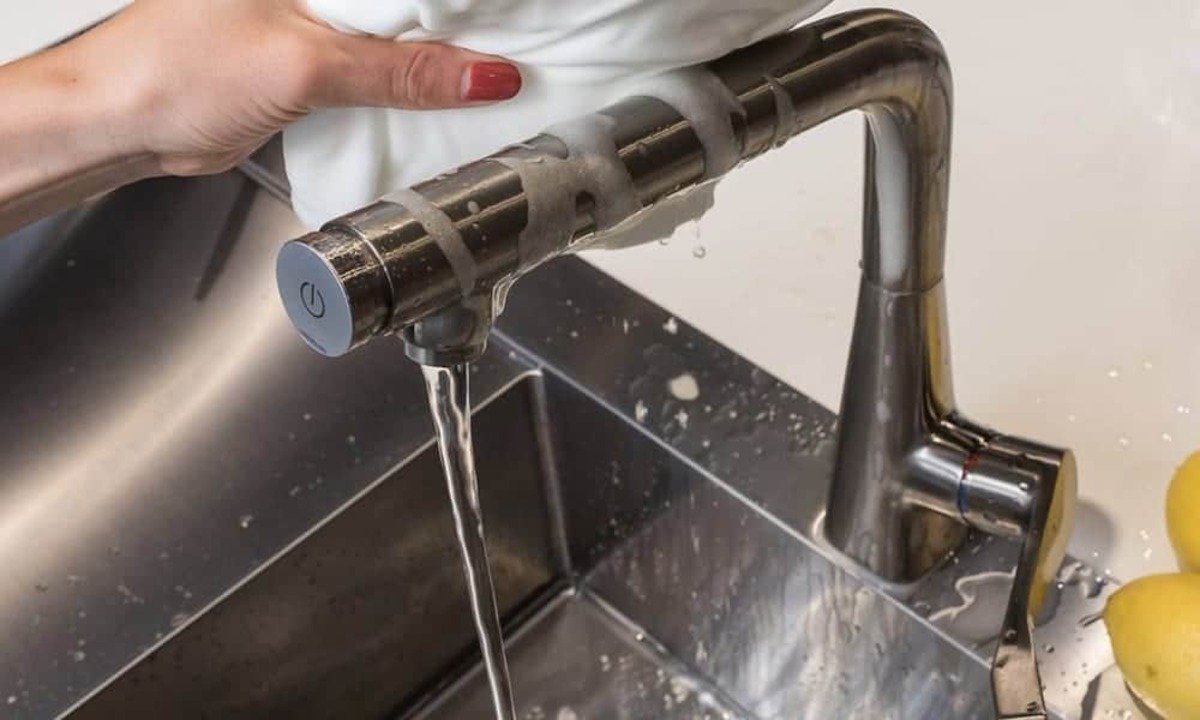

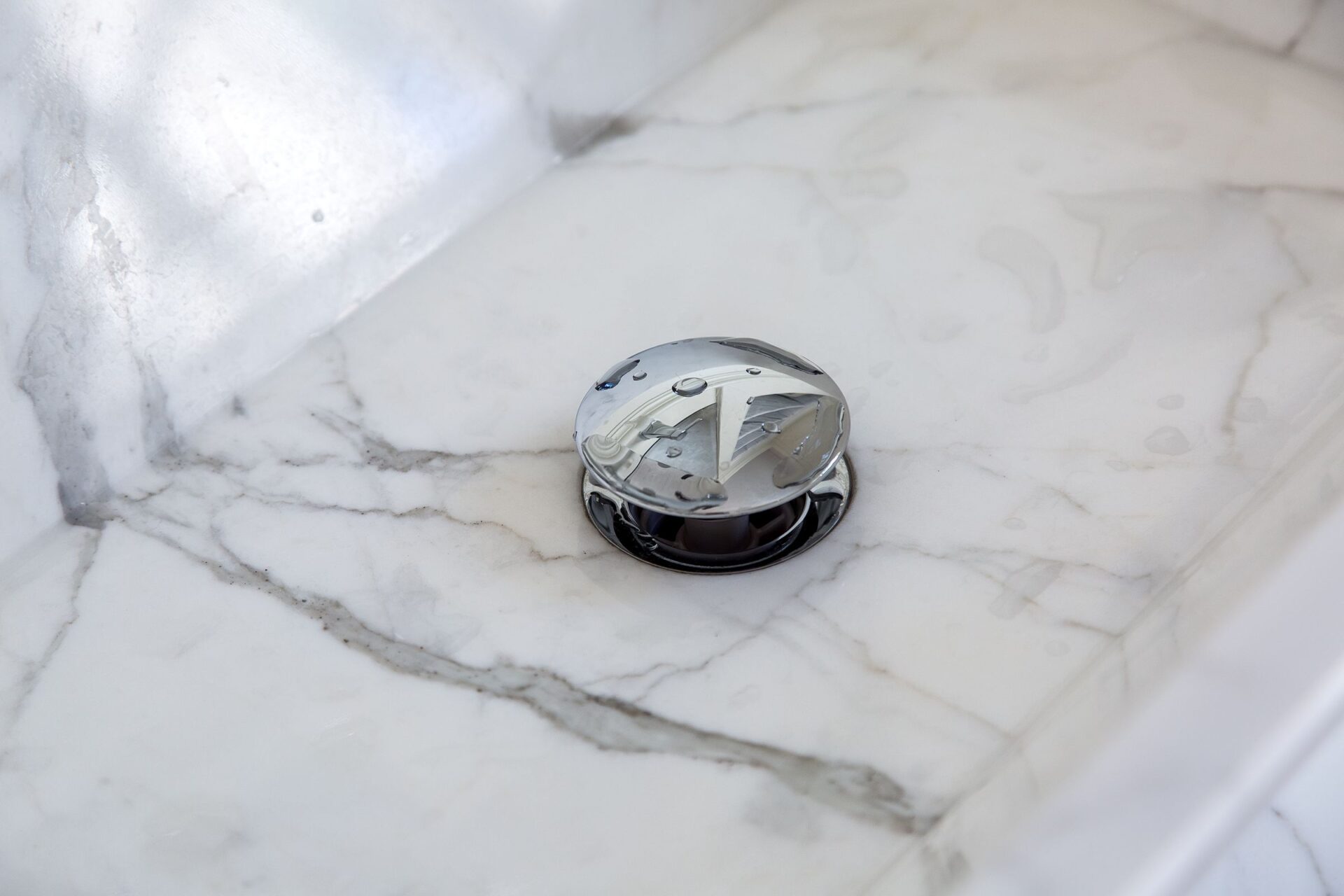
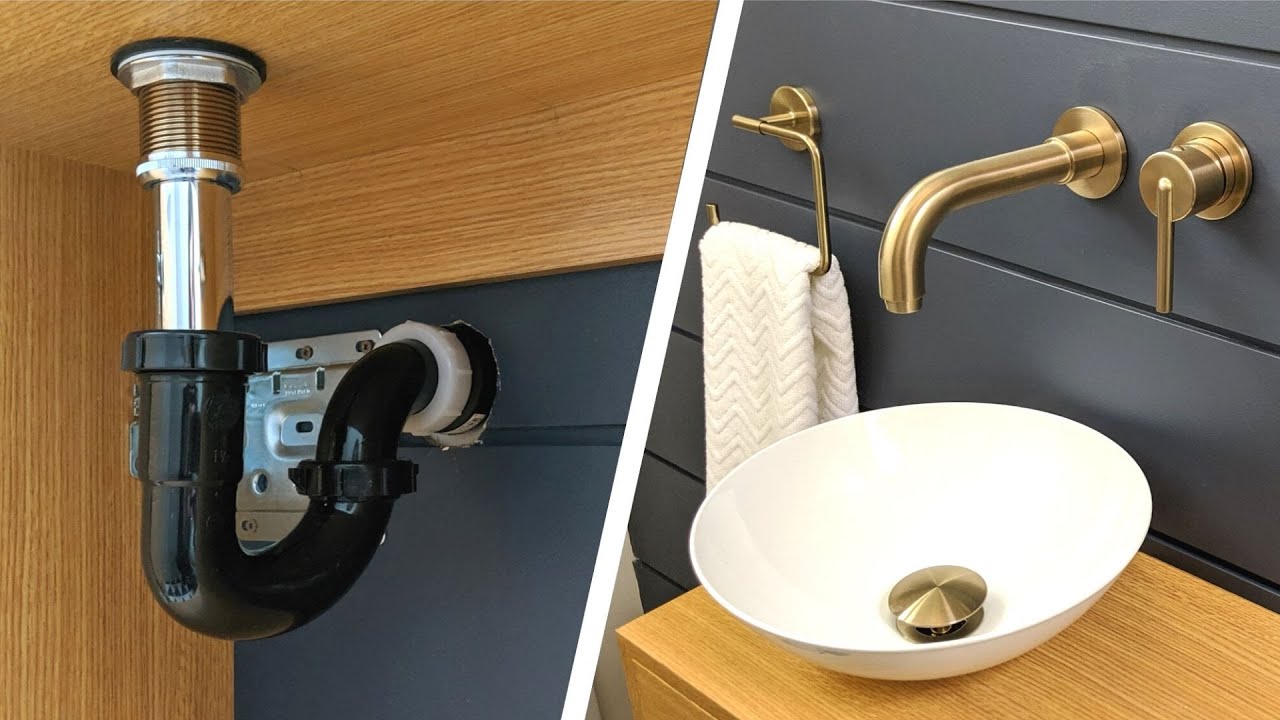

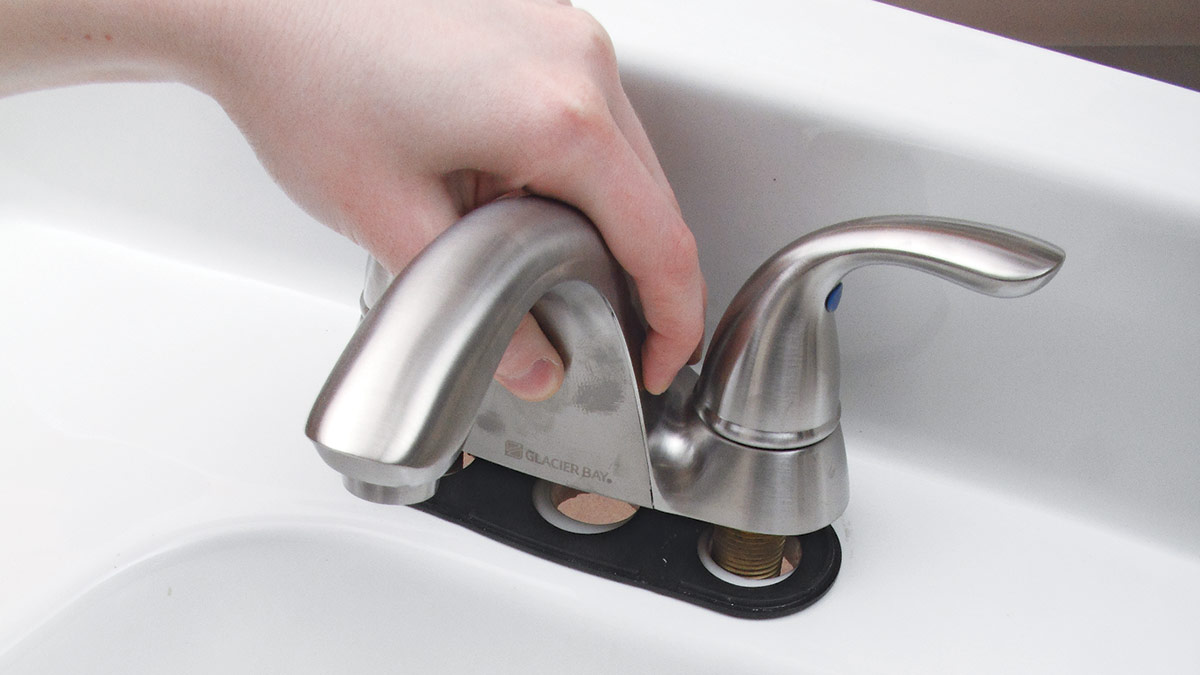

0 thoughts on “How To Install A New Sink Faucet”